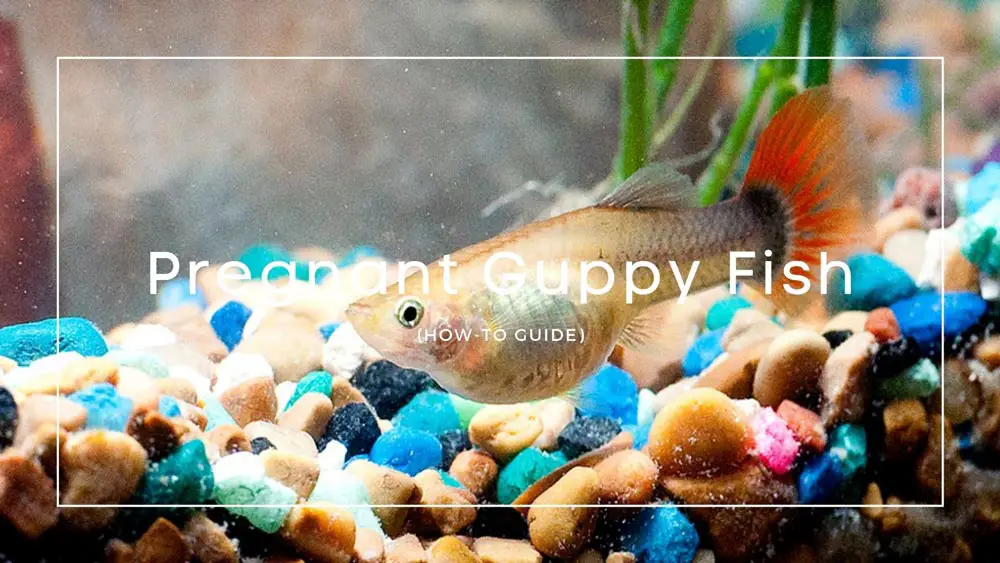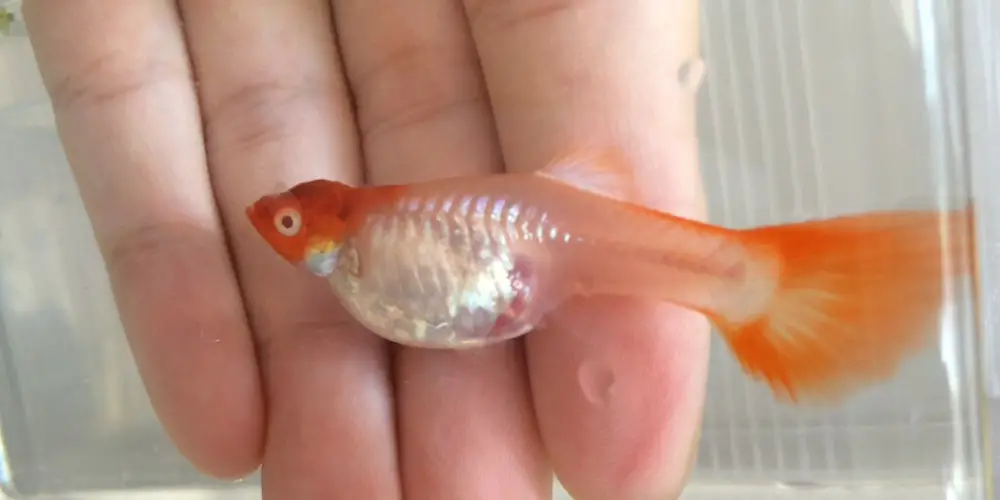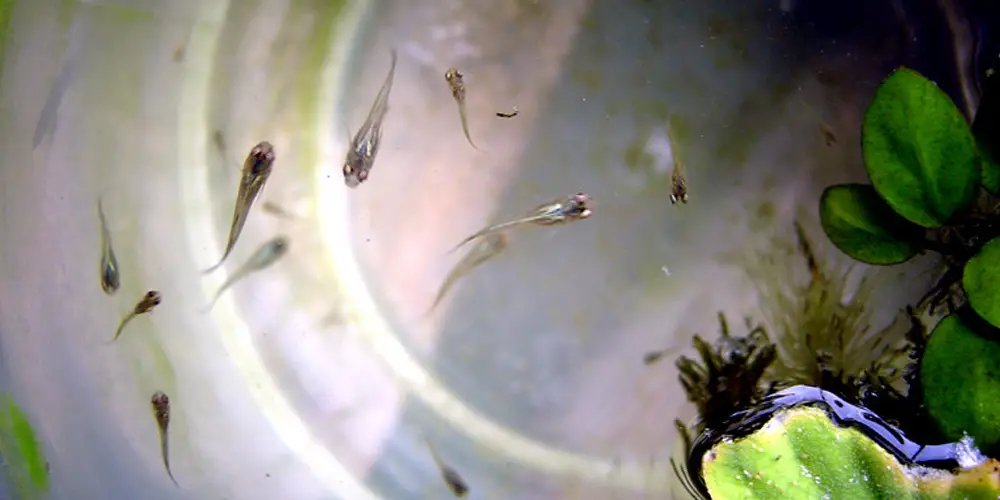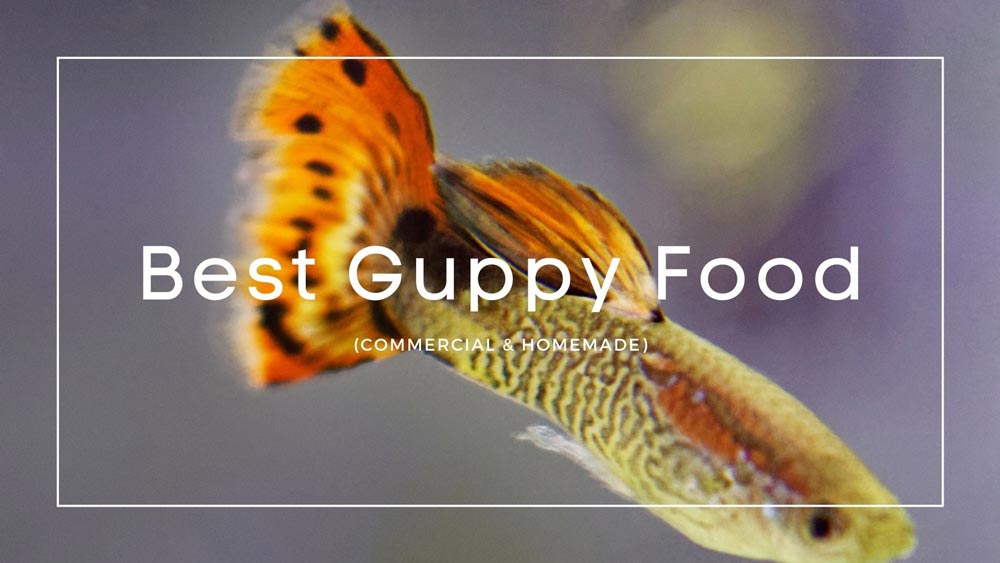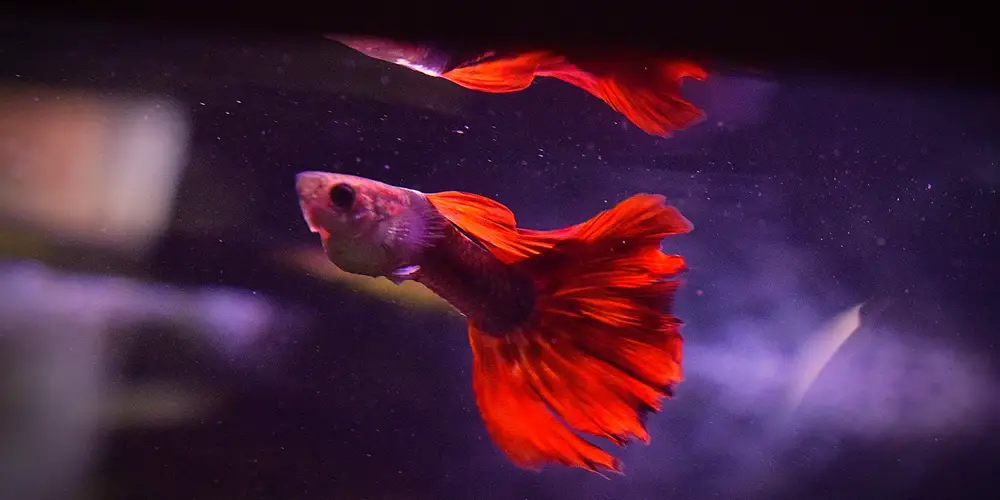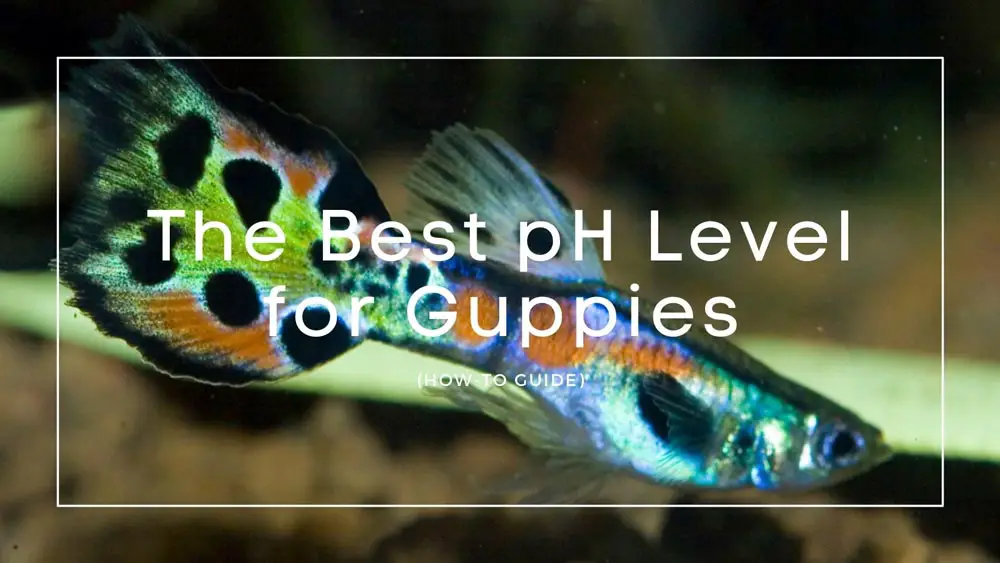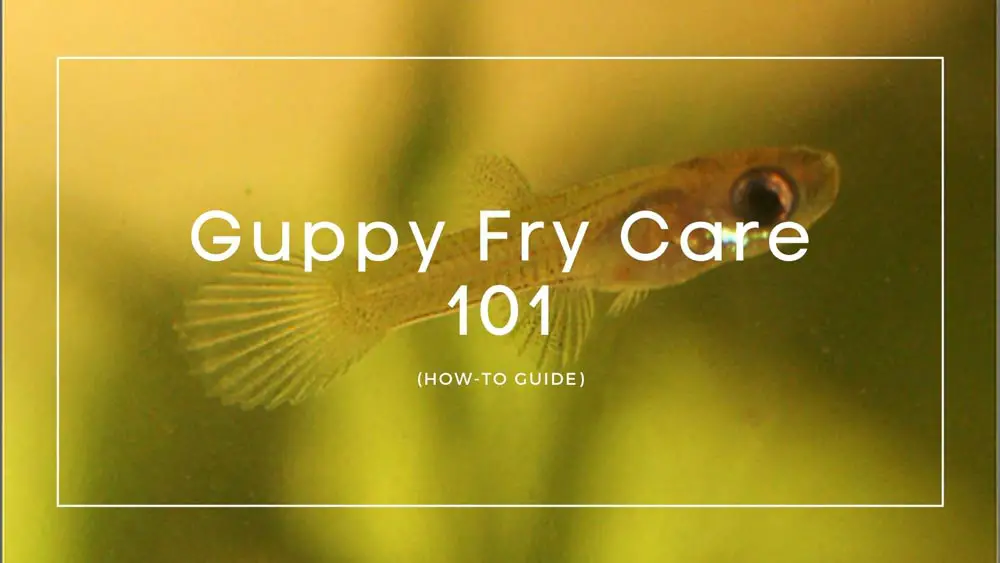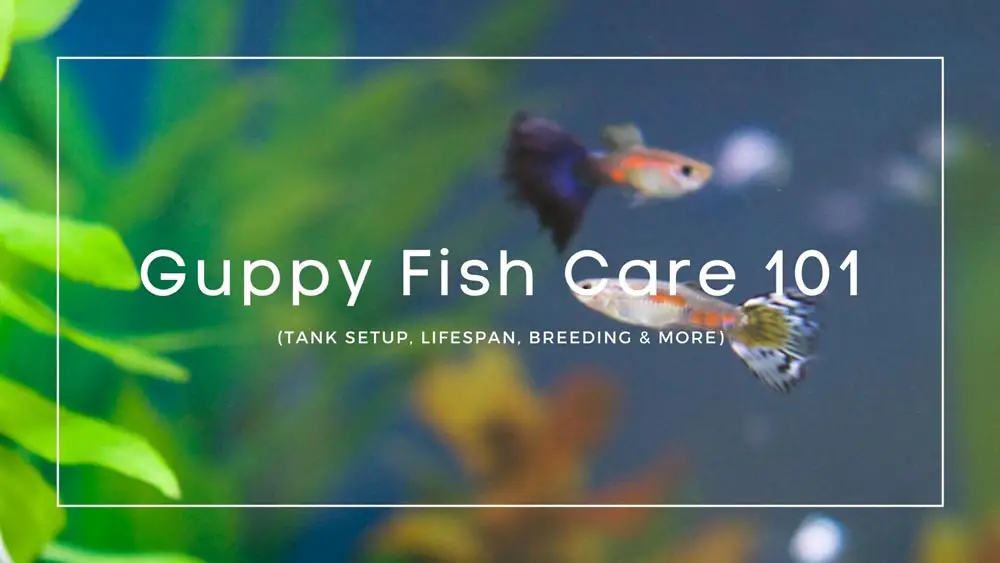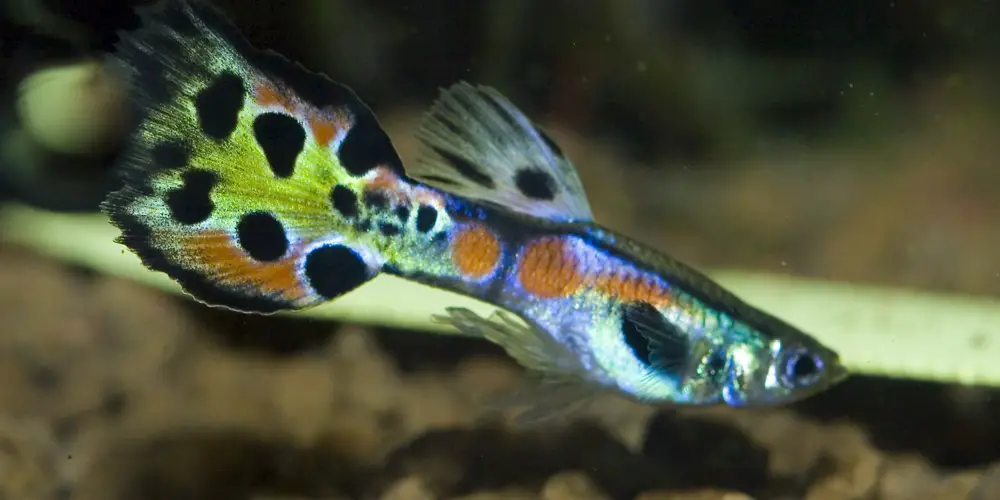Total dissolved solids (or TDS) is a technical term that describes the quality and presence of particles (organic and inorganic) that lie in the water inside your tank. This number is extremely important for keeping your fish healthy and tank safe. TDS is measured in part per million (ppm).
This article will explore the best TDS for the fish species of guppies. If you have different species of fish, then the correct TDS for those fish may be different than the TDS for guppies.
Guppies are generally most content in a TDS range between 400 and 600 ppm. However, you may find research which claims that guppies can survive in a TDS range between 200 and 1000 ppm. While that may be true, guppies are most comfortable between 400 and 600 ppm and you will want to get your aquarium set up to support this range.
Does TDS Affect Guppies?
The simple answer to this question is: yes! TDS actually affects all different species of fish. Guppies will absolutely be affected by the TDS of their water.
Guppies are a an extremely popular breed of fish. This is because when they are taken care of well and are happy, they can live for quite some time.
If you want your guppies to have a high quality of life, you need to take care of the TDS of your tank among everything else. So, what exactly is it that is affected by the TDS of the water in your tank?
Essentially, the higher the level of TDS in your tank, the lower the oxygen levels are within the tank. Fish need specific levels of oxygen in order to remain healthy.
Because TDS measures the particles in the water, it can be assumed that a higher TDS means that there is not room for the oxygen within the water. The oxygen is being crowded out by the other things unseen to the eye that are in the water.
When guppies do not have access to the amount of oxygen they need, then they will struggle to breathe. Much like humans, fish need a certain amount of oxygen to function properly. If their breathing is not going well, then they will begin to suffer from other health issues as well.
It seems pretty well established that if you want to have healthy guppies, you need to keep a regular check on the TDS inside of your tank. But, how exactly do you check the TDS of a tank at any given time?
How to Measure TDS?
It is actually pretty simple to measure the TDS levels within your tank in order to keep your guppies healthy.
First, you will need to purchase a TDS meter. You can find these online or in the aquatic section of a local pet store. How does the TDS meter work?
Step 1: First, measure the water temperature. Usually, the TDS meter has a function that will measure the temperature for you if you simply put the device into the water.
Step 2: Once you have garnered an accurate water temperature, get the device set to measure the TDS. Usually, there are buttons that will allow you to set the device to perform these different functions.
Step 3: Place the device back into the water of the tank. This time, the device will display the TDS of the tank.
Measuring the TDS of the water within your tank is actually really simple. This can be a process that can make sure your fish are happy and healthy. However, you may be wondering what you should do if the TDS is too high?
How to Reduce TDS In Your Aquarium Water?
If you get a reading for your TDS that is too high for the recommended levels, you will want to immediately reduce the TDS to make sure that your fish can breathe.
Here, you will find some simple tips for keeping the TDS of your fish tank within a normal range for the health of your fish:
Do Not Feed Your Fish Too Much
Feeding your fish too often results in an awful lot of extra junk floating around in the fish tank.
The best advice you can get for feeding your guppies is to only feed them enough for them to entirely eat it in 3-5 minutes.
Feeding them too much will result in extra food settling into the bottom of the tank. Further, when fish overeat, they produce more waste than they do when they are eating just enough.
Regularly Change Water
This advice might seem like something you are already doing, but dirty water is a huge sign that the TDS levels are out of whack.
If you do not regularly change the water within your tank, then waste and uneaten food will begin to take over the oxygen supply for your fish.
Perform Maintenance Checks
Regular maintenance of your fish tank is necessary for keeping your fish healthy and happy while living in your tank.
There is a lot of waste that actually sticks to the floor and the walls of your fish tank. Physically going in and removing that waste is a good way to keep those TDS levels in check for the health of your fish.
How Does TDS Get in your Guppy Tank?
If you are wondering how high TDS levels occur to begin with, you are not alone. There are many different reasons that your fish tank may experience high levels of TDS.
Most commonly, high TDS levels will occur if you are using tap water to fill your aquarium. Tap water typically has a higher TDS level than bottled water, so you will need to follow the steps outlined above to keep the TDS levels from increasing rapidly.
Fish waste is another reason that TDS levels tend to boost in the water. This is why overfeeding guppies is a big no no. When you feed them too much, they produce too much waste.
Final Thoughts
As you can see, TDS is crucial for maintaining the health of your guppies. Be sure to keep a lookout for TDS levels and follow the steps too keep them down.

